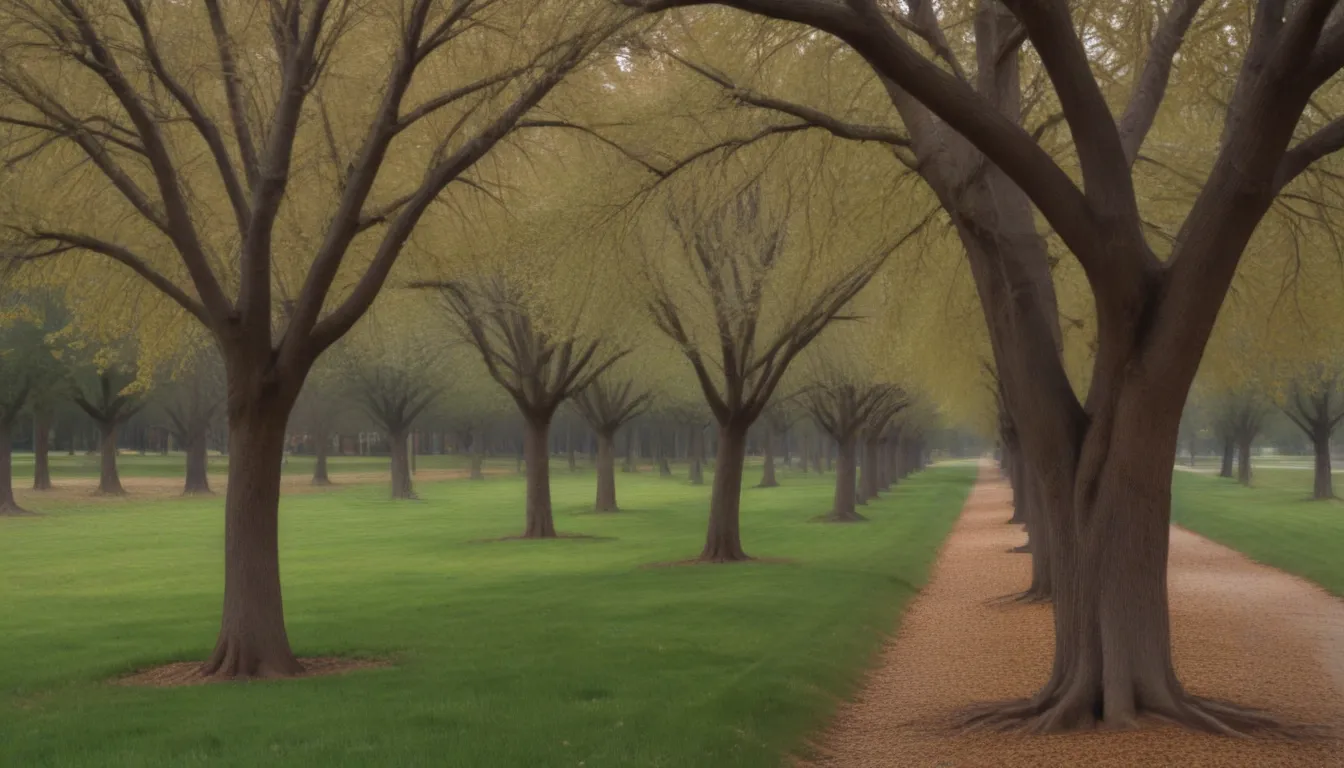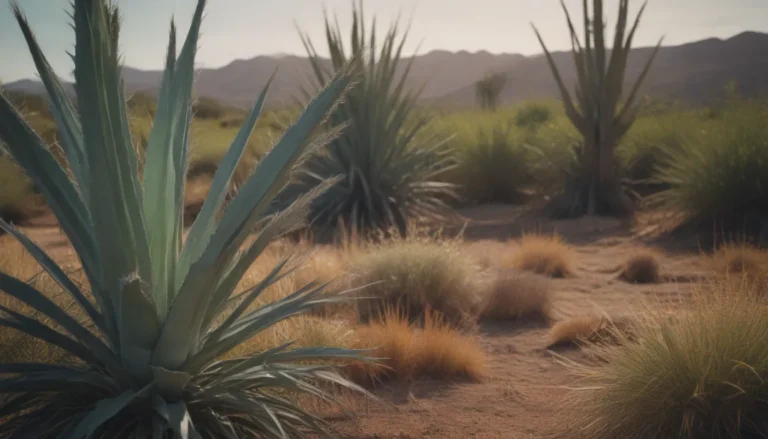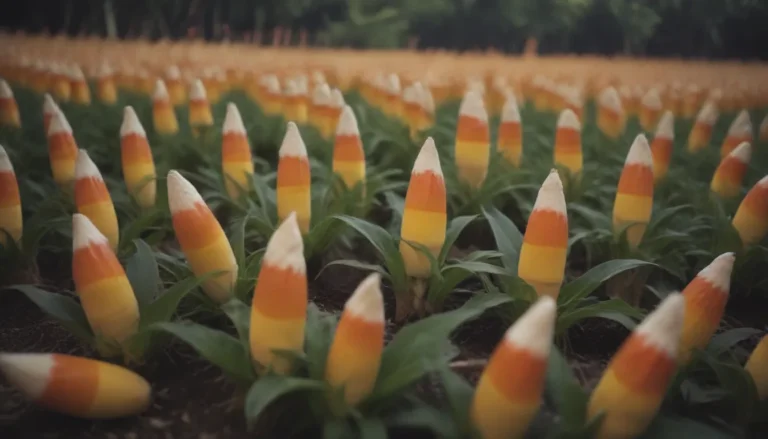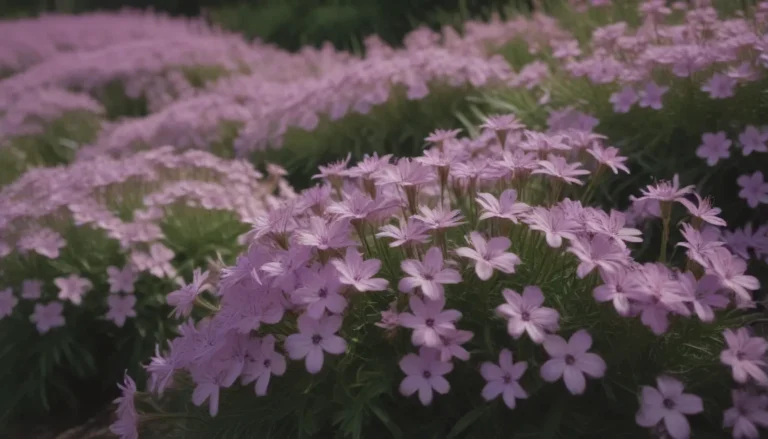The Reality of Bradford Pear Trees: Understanding the Problems and Solutions

If you’ve ever been enchanted by the sight of a grove of Bradford pear trees in full bloom, you’re not alone. These ornamental trees can indeed create a stunning display in early spring, with their white flowers transforming the landscape into a fairyland. However, before you rush out to add one to your own yard, it’s essential to understand the potential problems that can arise with these trees. From bans on their cultivation to unpleasant odors and invasive tendencies, Bradford pear trees have garnered a mixed reputation among gardeners and experts alike.
The Appeal of Bradford Pear Trees
Originally cultivated for their long-lasting autumn foliage and striking spring blossoms, Bradford pear trees were once hailed as the “perfect” street tree. However, their rapid growth and attractive appearance can be deceiving, as they come with a host of issues that can turn them into a nuisance rather than a delight. Let’s explore some common problems associated with Bradford pear trees and how to address them effectively.
Problem: Bloom Season Odor
One of the most infamous characteristics of Bradford pear trees is their unpleasant odor during the blooming season. The foul smell, often likened to rotting fish or urine, is the tree’s way of attracting pollinators. While the flowers may be showy, their scent can be a major drawback for many homeowners and neighbors.
Problem: Effect on Other Plants
Bradford pear trees are known to be invasive in certain regions, outcompeting native plants and disrupting local ecosystems. Their lack of food value for insects exacerbates the problem, leading to a damaged balance in the environment. As a result, some states have implemented bans on the cultivation and sale of Bradford pear trees to curb their spread.
Problem: Wilting Leaves
If you find yourself with a struggling Bradford pear tree in your yard, you may encounter issues such as wilting leaves. Newly transplanted trees are particularly vulnerable to transplant shock, causing their roots to struggle to provide sufficient water to the leaves. Regular watering and patience are key to helping the tree recover from this common problem.
Problem: Diseases and Pests
Bradford pear trees are susceptible to various diseases, including Japanese pear rust and fire blight. These issues can cause discoloration, wilting, and dieback in the tree’s foliage, impacting its overall health and appearance. Regular monitoring and proper care practices can help mitigate the risk of disease infestations.
Managing Bradford Pear Trees: Tips and Solutions
Despite their challenges, Bradford pear trees can be managed effectively with the right approach. Here are some practical tips for caring for these trees and addressing common issues that may arise:
- Regularly monitor the tree for signs of disease, pests, and stress.
- Prune damaged or dead branches to promote healthy growth and reduce the risk of infections.
- Avoid overfertilizing, as it can stress the tree’s roots and lead to nutrient imbalances.
- Consider planting native alternatives that offer similar aesthetic appeal without the drawbacks of Bradford pear trees.
By following these guidelines and staying informed about proper tree care practices, you can enjoy the beauty of Bradford pear trees in your landscape while minimizing potential problems. Remember that prevention and proactive management are key to maintaining the health and vitality of your trees for years to come.
Conclusion
In conclusion, while Bradford pear trees may have their fair share of issues, they can still be a valuable addition to your landscape if managed correctly. By understanding the common problems associated with these trees and implementing proactive solutions, you can enjoy their beauty without the headaches. Whether you choose to plant a Bradford pear or explore alternative options, make sure to prioritize the health and sustainability of your garden for the benefit of both your environment and your enjoyment.





